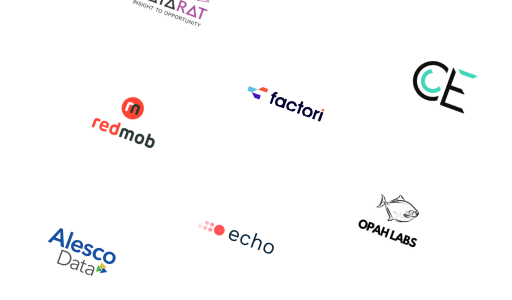Ozone Data: Examples, Providers & Datasets to Buy

- Overview
- Datasets
- Providers
- Attributes
- FAQ
- Overview
- Datasets
- Providers
- Attributes
- FAQ
What Is Ozone Data?
Ozone data includes real-time and historical measurements of ozone (O₃) in the atmosphere. While stratospheric ozone plays a protective role by absorbing ultraviolet (UV) radiation, ground-level ozone is a harmful pollutant formed by chemical reactions between nitrogen oxides (NOₓ) and volatile organic compounds (VOCs) under sunlight.
Monitoring ozone data is vital for evaluating air quality, assessing health risks, and enforcing environmental standards. This data is collected via satellite systems, air monitoring stations, mobile sensors, and atmospheric models.
What Are Examples of Ozone Data?
Ozone data covers multiple indicators and measurements. Common examples include:
- Ground-Level Ozone Concentration (µg/m³ or ppb)
- Ozone AQI (Air Quality Index)
- Stratospheric Ozone Levels (Dobson Units)
- Temporal Data (Hourly, Daily, Monthly Averages)
- Satellite Ozone Column Data
- UV Radiation Exposure Index
- Ozone Forecast Models
- Historical Ozone Trend Data
- Sensor & Station Metadata
Best Ozone Databases & Datasets
Here is our curated selection of top Ozone Data sources. We focus on key factors such as data reliability, accuracy, and flexibility to meet diverse use-case requirements. These datasets are provided by trusted providers known for delivering high-quality, up-to-date information.

Ozone (O₃) Data | Real-time and Historical | US & EU Coverage

Worldwide satellite data | Air quality | Pollutants | Ozon(O3)

Worldwide satellite data | Air quality | Pollutants

Worldwide satellite data | Air quality | Pollutants | Sulphur dioxide(SO2)

Worldwide satellite data | Air quality | Pollutants | Ammonia(NH3)

Worldwide satellite data | Air quality | Pollutants | Methane(CH4)

Worldwide satellite data | Air quality | Pollutants | Nitrogen dioxide(NO2)

Worldwide satellite data | Air quality | Pollutants | Particulate matter(PM2,5 – PM10)
Can't find the data you're looking for?
Let data providers come to you by posting your request
/postings/new?utm_content=search_results_page&utm_medium=platform&utm_source=datarade
Top Ozone Data Providers & Companies
Main Attributes of Ozone Data
When evaluating ozone datasets, key attributes typically include:
- Ozone concentration (ppb or µg/m³)
- Measurement time intervals (hourly, daily)
- AQI values specific to ozone
- Geospatial coordinates or region identifiers
- Sensor type or satellite source
- Health impact thresholds
- Historical vs real-time vs forecasted values
- Seasonal and diurnal variation data
- Pollution source attribution (if modeled)
| Attribute | Type | Description | Action |
|---|---|---|---|
| Float | The latitude of a point on earth's surface. Commonly abbreviated as "lat". | View 7 datasets | |
| Float | The longitude of a point on earth's surface. Commonly abbreviated as "long". | View 7 datasets |
Frequently Asked Questions
How is the Quality of Ozone Data Maintained?
The quality of Ozone Data is ensured through rigorous validation processes, such as cross-referencing with reliable sources, monitoring accuracy rates, and filtering out inconsistencies. High-quality datasets often report match rates, regular updates, and adherence to industry standards.
How Frequently is Ozone Data Updated?
The update frequency for Ozone Data varies by provider and dataset. Some datasets are refreshed daily or weekly, while others update less frequently. When evaluating options, ensure you select a dataset with a frequency that suits your specific use case.
Is Ozone Data Secure?
The security of Ozone Data is prioritized through compliance with industry standards, including encryption, anonymization, and secure delivery methods like SFTP and APIs. At Datarade, we enforce strict policies, requiring all our providers to adhere to regulations such as GDPR, CCPA, and other relevant data protection standards.
How is Ozone Data Delivered?
Ozone Data can be delivered in formats such as CSV, JSON, XML, or via APIs, enabling seamless integration into your systems. Delivery frequencies range from real-time updates to scheduled intervals (daily, weekly, monthly, or on-demand). Choose datasets that align with your preferred delivery method and system compatibility for Ozone Data.
How Much Does Ozone Data Cost?
The cost of Ozone Data depends on factors like the datasets size, scope, update frequency, and customization level. Pricing models may include one-off purchases, monthly or yearly subscriptions, or usage-based fees. Many providers offer free samples, allowing you to evaluate the suitability of Ozone Data for your needs.




